- Home
- Uganda
-
-
- Gorilla Trekking Safaris
- 15 Day Gorilla and Chimps Trekking – Big 5 and Nature Sighting Safari
- 10 Day Uganda Wildlife and Primate Safari
- 8 Day Gorillas – Chimps and Big Five Experience
- 7 Days Murchison Falls – Chimpanzee & Gorilla Trekking Safari
- 6 Day Gorilla Trekking and Queen Elizabeth
- 6 Day Gorillas and Lake Mburo Safari
- 5 Day Gorillas and White Water Rafting Safari
- 3 Day Uganda Fly to Bwindi Gorilla Safari
- 3 Days Gorilla Trekking and Batwa Trail experience in Bwindi
- 3 Day Gorillas and Lake Bunyonyi Safari
- Gorilla Trekking Safaris
-
- Wildlife Safaris
- 22 Days Best of Uganda Wilderness Adventure
- 18-Day Exploring Uganda Safari
- 15 Day Uganda – Kenya and Tanzania Safari Holiday
- 14 Day Uganda-Rwanda Wildlife & Primate Safari
- 14 Days Uganda & Kenya Wildlife Safari
- 12 Day Mountain Rwenzori Trekking and Wildlife
- 11 Day Uganda Safari Classic Tour
- 10 Day Best of Uganda Safari
- 7 Day Sipi Falls and Kidepo Valley National Park
- 4 Day Kibale Forest Chimpanzee Tracking
- 3 Day Murchison Falls Vacation Including Big 5 Sighting
- 3 Days Queen Elizabeth Wildlife Safari
- 2 Days White Water Rafting In Jinja
- Wildlife Safaris
-
- Birding & Fishing Tours
- 21 Days Birding Uganda and Gorilla Trekking Safari
- 18 Days Birding Tour with Gorilla Trekking
- 15 Days Uganda Birding Safari
- 10 Day Uganda Fishing Safari with a Boat Cruise Experience
- 10 Day Birding Uganda and Game Drives
- 4 Day Murchison Falls Fishing Safari
- 3 Day Mabamba Shoebill and Botanical Gardens Safari
- Birding & Fishing Tours
-
-
- Rwanda
-
- Kenya
-
- Tanzania
-
-
- Long Safaris
- 15 Day Uganda – Kenya and Tanzania Safari Holiday
- 14-Day Tanzania Wildlife Safari & Pangani Beach Holiday
- 10-Day Safari & Cultural Activity in Kilimanjaro Region
- 9-Day Kilimanjaro Hiking Safari in Tanzania
- 8-Day Honeymoon Package with Zanzibar Experience
- 8-Day Luxurious Tanzania Safari
- 8-Day Tanzania Safari & Beach Holiday
- 6 Day Explore Tanzania Classic Safari
- 6-Day Best of Tanzania Safari Tour
- Long Safaris
-
-
- National Parks
-
-
- Tanzania
- Serengeti National Park
- The Ngorongoro Conservation Area
- Lake Manyara National Park
- Tarangire National Park
- Mount Kilimanjaro National Park
- Arusha National Park
- Gombe National Park
- Ruaha National Park
- Katavi National Park
- Nyerere National Park (Selous)
- Mahale Mountains National Park
- Kitulo National Park
- Mikumi National Park
- Rubondo Island National Park
- Saadani National Park
- Mkomazi National Park
- Udzungwa Mountains National Park
- Tanzania
-
- Blog & Tips
- About Us
- Contact Us
Gishwati Mukura National Park
Gishwati Mukura National Park
Gishwati Mukura National Park is a protected area located in the western province of Rwanda, East Africa. The park is known for its stunning biodiversity, lush forests, and important conservation efforts; It is one of Rwanda’s four national parks and covers an area of approximately 34 square kilometers (about 13 square miles). The park’s establishment and conservation efforts are part of Rwanda’s commitment to preserving its natural heritage and promoting sustainable ecotourism.
Historical Background:
Gishwati National Park has a unique history that involves both degradation and regeneration. In the past, the area suffered extensive deforestation due to human activities, including illegal logging, agricultural expansion, and resettlement. This deforestation severely affected the park’s ecosystem, leading to a decline in wildlife populations and an overall loss of biodiversity.
However, in recent years, significant efforts have been made to restore and protect the Gishwati forest ecosystem. In 2015, the Rwandan government, in collaboration with conservation organizations, initiated a comprehensive reforestation and conservation program to revive the degraded forest; As a result of these efforts, Gishwati was officially designated as a national park in 2016, highlighting its importance for biodiversity conservation.
Biodiversity and Wildlife:
Gishwati National Park is characterized by a montane rainforest ecosystem, which is home to a diverse array of flora and fauna. Some of the wildlife species found in the park include:
Golden Monkeys: Gishwati is renowned for its population of golden monkeys, a species of Old World monkey that is endemic to the Albertine Rift region.
Chimpanzees: The park is also home to a small population of chimpanzees, which are highly endangered and represent an essential target for conservation efforts.
Birds: The forest is rich in birdlife, with various species of colorful birds, making it an excellent destination for birdwatching.
Small Mammals: Other mammal species found in the park include duikers, servals, and tree pangolins.
Flora: The park is covered in lush, tropical rainforests, featuring a variety of tree species and plants, some of which are rare and endemic to the region.
Conservation and Ecotourism:
The conservation of Gishwati National Park is of great importance due to its unique biodiversity and the role it plays in protecting endangered species like golden monkeys and chimpanzees; The park serves as a critical ecological corridor that connects to neighboring Nyungwe National Park, providing opportunities for wildlife movement and gene flow between the two protected areas.
Furthermore, the reforestation efforts have been successful in restoring portions of the park’s degraded land, enhancing ecosystem resilience and promoting sustainable development practices; The local communities have also been involved in conservation initiatives, with efforts to provide alternative livelihoods to reduce human pressure on the forest.
Visiting Gishwati National Park:
For tourists and nature enthusiasts, Gishwati National Park offers an incredible opportunity to experience Rwanda’s biodiversity up close. Guided tours and trekking activities are available, allowing visitors to observe golden monkeys, encounter chimpanzees, and explore the picturesque rainforest landscapes.
To ensure the conservation of the park and minimize the impact on wildlife, there are guidelines and regulations for visitors to follow; These include maintaining a safe distance from the animals, avoiding littering, and adhering to the instructions provided by trained park rangers.
Key Features and Attractions at Gishwati Mukura National Park.
Gishwati National Park offers a range of key features and attractions that make it a compelling destination for nature lovers and eco-tourists. Here are some of the park’s main highlights:
Montane Rainforest:
Gishwati National Park is characterized by lush montane rainforests, providing a rich habitat for a diverse array of plant and animal species. The dense vegetation, towering trees, and vibrant flora create a captivating and immersive environment for visitors.
Golden Monkeys:
One of the main draws of Gishwati is its population of golden monkeys (Cercopithecus mitis kandti). These striking and endangered primates are endemic to the Albertine Rift region and are known for their distinctive golden-orange fur. Observing these playful and social creatures in their natural habitat is a unique and memorable experience.
Chimpanzees:
While the chimpanzee population in Gishwati is relatively small, the presence of these great apes is a significant attraction. Chimpanzees are our closest living relatives, and encountering them in the wild offers a profound insight into their behavior and social structure.
Birdwatching:
Gishwati is a haven for birdwatchers, with a diverse avian population that includes numerous species of colorful and unique birds. Birdwatching enthusiasts can spot various forest-dwelling species, making it an ideal destination for ornithological exploration.
Primate Tracking:
Guided primate tracking excursions are a major highlight of visiting Gishwati National Park. Trained park rangers lead visitors through the forest, helping them spot golden monkeys and chimpanzees while also providing valuable information about the park’s wildlife and conservation efforts.
Scenic Hiking Trails:
The Park offers a network of hiking trails that wind through its picturesque landscapes. These trails provide opportunities to explore the diverse flora and fauna, encounter wildlife, and enjoy breathtaking views of the surrounding mountains and valleys.
Biodiversity and Endemism:
Gishwati’s forests harbor a remarkable variety of plant species, some of which are endemic to the region. Botany enthusiasts will find numerous unique plants and trees, contributing to the park’s significance in terms of biodiversity conservation.
Community-Based Tourism:
Gishwati National Park is a model for community-based tourism and conservation. The park’s management involves local communities, providing them with sustainable livelihood opportunities and ensuring they actively participate in protecting the park’s resources.
Conservation Initiatives:
Gishwati serves as a critical ecological corridor that connects with Nyungwe National Park. As such, it plays a vital role in preserving genetic diversity and facilitating wildlife movement between these protected areas. Visitors can learn about the ongoing conservation efforts aimed at restoring and maintaining the park’s ecological balance.
Photography Opportunities:
The park’s scenic beauty, diverse wildlife, and unique plant life present excellent opportunities for photography enthusiasts to capture stunning images and document their encounters with nature.
Remember, when visiting Gishwati National Park, it’s crucial to follow the park’s regulations and guidelines to minimize the impact on the environment and ensure the conservation of its precious natural resources.
Activities to do at Gishwati Mukura National Park.
Gishwati National Park offers a variety of activities that cater to different interests and preferences. Here are some of the exciting things you can do during your visit to the park:
Primate Tracking:
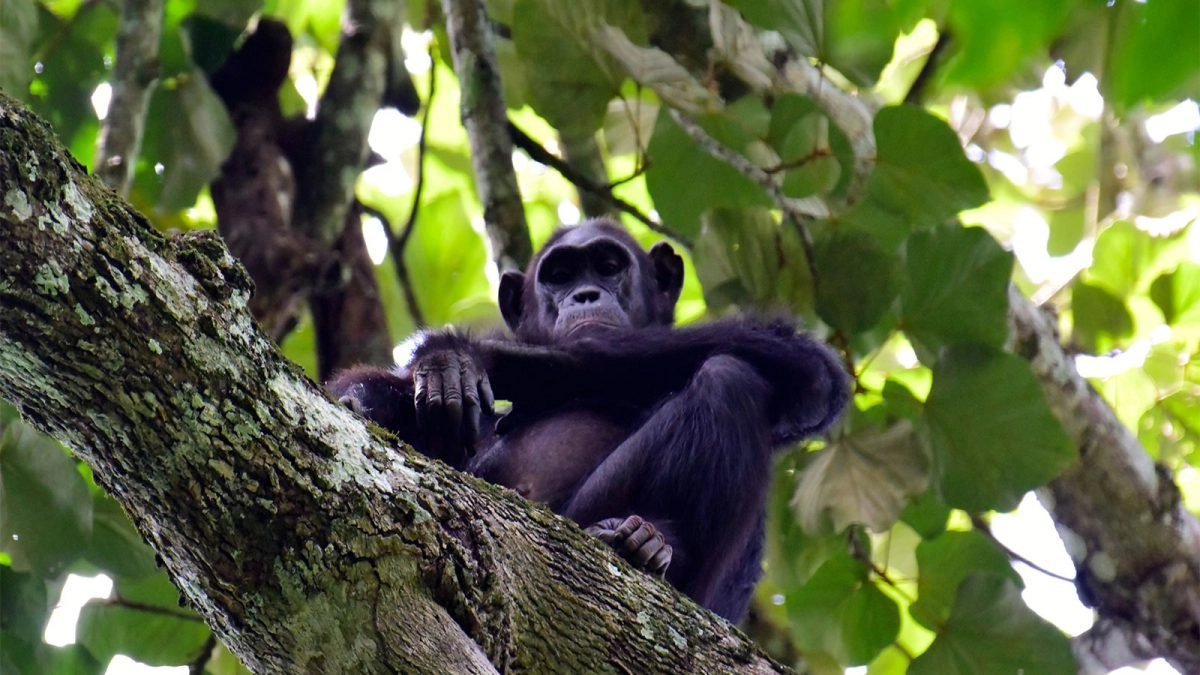
Embark on guided primate tracking excursions to observe and learn about the golden monkeys and chimpanzees that inhabit the park. Trained rangers will lead you through the forest, and with luck, you’ll have the opportunity to encounter these endangered primates in their natural habitat.
Birdwatching:
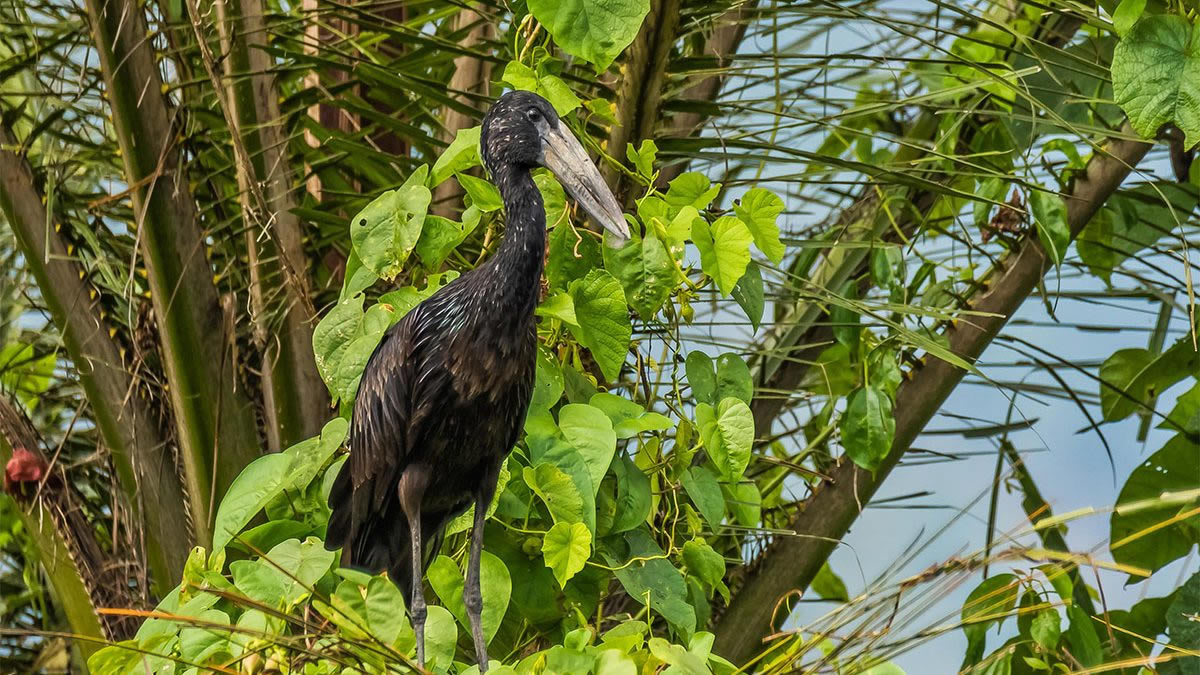
The Park is a paradise for birdwatchers, with a diverse range of bird species. Grab your binoculars and explore the forests to spot colorful and unique birds, including various forest-dwelling species and endemics.
Hiking and Nature Walks:
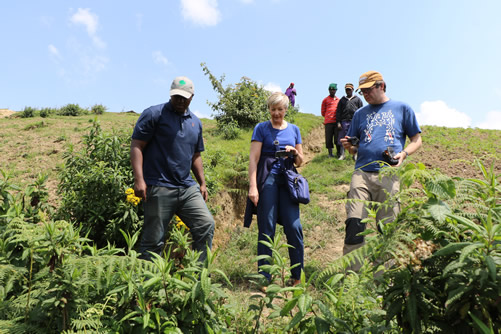
Explore the park’s beautiful landscapes and diverse flora and fauna through a network of hiking trails and nature walks. Enjoy the fresh air, listen to the sounds of the forest, and immerse yourself in the beauty of the montane rainforest.
Accommodation at Gishwati Mukura National Park.
Gishwati National Park was still a relatively new park, and accommodation options within the park itself were limited. However, the park’s proximity to other tourist destinations and its growing popularity for ecotourism meant that there were accommodation choices available in the surrounding areas. Here are some options to consider for accommodation when visiting Gishwati National Park:
Eco-Lodges and Guesthouses:
There are eco-lodges and guesthouses located near Gishwati National Park that offer comfortable and sustainable accommodation options. These lodges are often owned and operated by local communities, contributing to community-based tourism and conservation efforts. They provide a chance to experience Rwandan hospitality while being close to the park’s entrance.
Nyungwe National Park:
Gishwati National Park is relatively close to Nyungwe National Park, another of Rwanda’s stunning national parks. Nyungwe offers a more established tourist infrastructure with various accommodation options, including lodges and hotels of different price ranges. Staying in Nyungwe and arranging day trips to Gishwati could be a viable option.
Gisenyi and Rubavu:
These towns, located on the shores of Lake Kivu, are also within reasonable proximity to Gishwati National Park. They offer a range of accommodation choices, from budget guesthouses to luxury hotels, making them convenient bases for exploring the park.
Booking through Tour Operators:
Many tour operators in Rwanda offer packages that include visits to Gishwati National Park. These packages may include transportation, guided tours, and accommodation arrangements. Booking through a reputable tour operator can simplify the planning process and ensure a well-organized trip.
As the popularity of Gishwati National Park grows and ecotourism in the region develops further, there may be more accommodation options available within or near the park itself; It is always a good idea to check for updated information from official tourism websites, travel agencies, or the Rwanda Development Board before planning your trip to Gishwati National Park to find the most suitable accommodation choices.
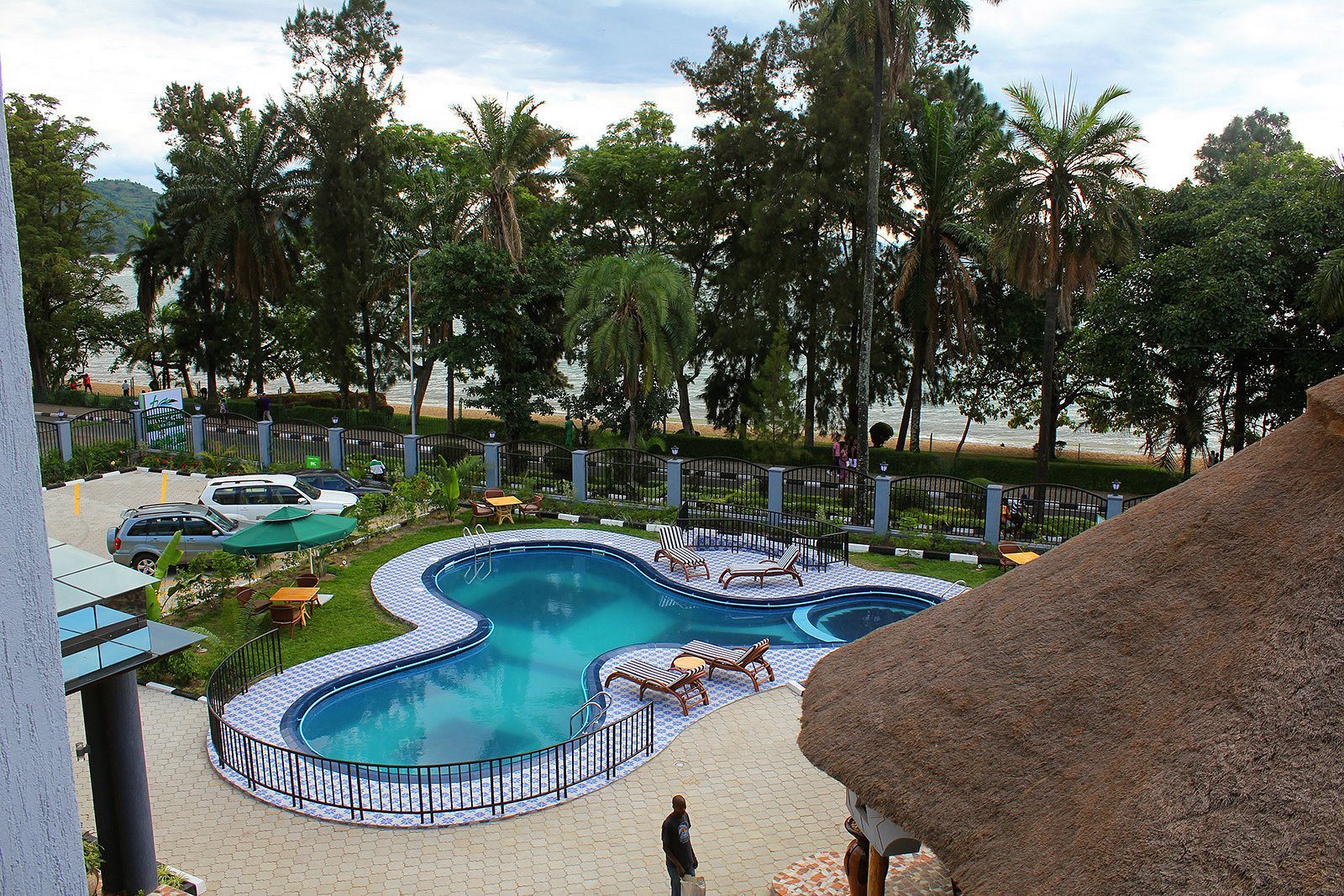

When to Visit Gishwati Mukura National Park.
The best time to visit Gishwati National Park is during the dry season, which generally runs from June to September and from December to February. These months offer the most favorable weather conditions for trekking, wildlife viewing, and outdoor activities.
Dry Season (June to September and December to February):
- During these months, the weather is generally dry and pleasant, with lower chances of rainfall. The clear skies and sunny days create excellent visibility for wildlife spotting and photography.
- The dry season is also when chimpanzees and golden monkeys are most active and can be easier to observe in their natural habitat.
- Hiking and trekking trails are more accessible and less muddy, making it more comfortable for visitors to explore the park.
Rainy Season (March to May and October to November):
- The rainy season is characterized by more frequent and heavier rainfall, leading to slippery and muddy trails, which can make trekking more challenging.
- The lush vegetation during the rainy season can make it more difficult to spot wildlife, as animals may disperse to different parts of the forest.
- However, the rainy season also brings out the park’s vibrant flora, with lush greenery and blooming flowers, creating a beautiful and picturesque setting.
Ultimately, the choice of when to visit Gishwati National Park depends on your preferences and interests. If you prioritize clear skies and the best chance to observe wildlife, the dry season is the ideal time. On the other hand, if you appreciate lush landscapes and don’t mind the occasional rain, the rainy season can offer a unique and more secluded experience in the park.
It’s essential to keep in mind that weather patterns can vary from year to year, so it’s a good idea to check the current weather forecasts and seek advice from local authorities or tour operators before planning your trip.
Geography and Geology of Gishwati National Park.
Geography of Gishwati National Park:
Gishwati National Park is situated in the western province of Rwanda, East Africa. It is located in the northern part of the Albertine Rift region, an area known for its highland landscapes and diverse biodiversity. The park’s geographic coordinates are approximately 1°40′ to 1°48′ S latitude and 29°28′ to 29°35′ E longitude.
The park’s topography is characterized by hilly terrain, with altitudes ranging from around 2,340 meters (7,677 feet) to 2,643 meters (8,671 feet) above sea level. It is part of the Congo-Nile Divide, where the watershed separates the Congo River basin from the Nile River basin.
Gishwati National Park is surrounded by scenic landscapes, including other protected areas like Nyungwe National Park to the south and Volcanoes National Park to the north, both of which are renowned for their unique ecosystems and wildlife.
Geology of Gishwati National Park:
The geology of Gishwati National Park is closely linked to its location in the Albertine Rift, which is a part of the East African Rift System. The Rift is characterized by tectonic activity, and it has undergone significant geological processes over millions of years.
The underlying geology of the park is dominated by volcanic rocks, as it lies within the Virunga Volcanic Province. The Virunga Mountains, a chain of volcanoes, extend into the northern part of Rwanda, and the park is adjacent to Volcanoes National Park, famous for its mountain gorillas.
The presence of volcanic rocks has contributed to the fertility of the soil in the region, which, combined with the favorable climate, supports the growth of dense montane rainforests that characterize Gishwati National Park.
However, the park has faced deforestation and degradation in the past, primarily due to human activities such as logging, agriculture, and resettlement. Conservation efforts have been focused on restoring the forest ecosystem and protecting the unique biodiversity of the area.
Overall, Gishwati National Park’s geography and geology play a crucial role in shaping its diverse ecosystem and contribute to its importance as a conservation area in Rwanda’s efforts to preserve its natural heritage.
Getting to Gishwati National Park.
Gishwati National Park can be accessed by road, and the most common starting point for visitors is Kigali, the capital city of Rwanda. Here are the primary ways to get to Gishwati National Park:
By Private Vehicle or Rental Car:
- If you have access to a private vehicle or prefer the flexibility of driving yourself, you can rent a car in Kigali and drive to Gishwati National Park. The journey takes around 3-4 hours, depending on road conditions and traffic.
By Public Transport (Bus/Minibus):
- Take a bus or minibus (locally known as “matatu”) from Kigali to a town or village near Gishwati National Park, such as Rubavu or Gisenyi. From there, you can arrange local transport or hire a taxi to reach the park’s entrance.
Organized Tours or Tour Operators:
- Many tour operators in Rwanda offer guided tours to Gishwati National Park. These tours often include transportation, accommodation, guided activities, and park permits, making the trip more convenient for visitors.
Charter Flights (Limited Availability):
- For those seeking a more exclusive and time-efficient option, charter flights are available from Kigali to nearby airstrips, such as Rubavu. From the airstrip, ground transportation can be arranged to reach the park.
It’s essential to note that road conditions in Rwanda can vary, and some areas may be challenging to access during the rainy season.Therefore, it is advisable to check the weather and road conditions before planning your trip and the best option is to always plan you trip with a Tour operator/company like Arcadia Safaris.
Conservation Measures and Challenges at Gishwati National Park.
Conservation Measures at Gishwati National Park:
Gishwati National Park has been the focus of significant conservation efforts aimed at restoring and protecting its degraded ecosystem and preserving its unique biodiversity. Some of the key conservation measures implemented at the park include:
Reforestation and Habitat Restoration.
One of the primary initiatives has been extensive reforestation efforts to restore the park’s degraded land. Trees are planted to increase forest cover and create suitable habitats for wildlife, including endangered species like golden monkeys and chimpanzees.
Community-Based Conservation.
Involving local communities in conservation efforts has been vital to the park’s success. Community-based conservation programs provide sustainable livelihood opportunities to reduce human pressure on the forest and promote a sense of ownership and responsibility among the local residents.
Wildlife Monitoring and Research.
Regular monitoring and research programs are conducted to track the populations of endangered species, assess the impact of conservation measures, and gather data to inform future management decisions.
Anti-Poaching Measures.
Efforts to combat poaching and illegal logging are essential to protect the park’s wildlife and prevent further habitat destruction. Trained rangers patrol the park to deter illegal activities and safeguard its resources.
Education and Awareness.
Public awareness campaigns and educational programs are conducted to raise awareness about the importance of conservation and encourage responsible tourism practices.
Challenges at Gishwati National Park:
Despite these conservation efforts, Gishwati National Park faces several challenges that require ongoing attention and support:
Habitat Fragmentation.
The Park’s small size and fragmentation due to previous deforestation pose challenges for wildlife movement and gene flow, limiting genetic diversity and potentially leading to population decline.
Human-Wildlife Conflict.
As human settlements encroach on the park’s boundaries, there may be instances of conflict between wildlife and local communities, particularly with regards to crop raiding and livestock predation.
Climate Change.
Climate change can impact the park’s ecosystem, affecting species distribution, water availability, and overall ecological balance.
Limited Resources.
The Park’s status as a relatively new protected area means it may have limited resources for conservation and management activities.
Illegal Activities.
Despite efforts to combat illegal activities, poaching, illegal logging, and other illegal practices can still threaten the park’s biodiversity.
Tourism Pressures.
While tourism can be a source of income for conservation efforts, it also places stress on the environment and wildlife. Proper management is essential to ensure sustainable tourism practices.
To address these challenges, continued collaboration between the government, conservation organizations, local communities, and other stakeholders is essential. By implementing effective management strategies, increasing public awareness, and securing adequate funding and support, Gishwati National Park can continue to thrive as a vital conservation area in Rwanda.
What to Pack for Gishwati National Park.
When preparing for a visit to Gishwati National Park, it’s essential to pack appropriately to ensure your comfort and safety during your stay. Here’s a list of items to consider including in your packing list:
Clothing:
- Lightweight, breathable, and moisture-wicking clothing for warm weather during the day.
- Long-sleeved shirts and long pants to protect against insects and sun exposure.
- A light rain jacket or poncho for possible rain showers, especially during the rainy season.
- Comfortable and sturdy hiking shoes or boots with good traction for trekking.
- Socks suitable for hiking.
- A hat or cap for sun protection.
- Scarf or bandana for dust or additional sun protection.
Personal Essentials:
- Valid travel documents (passport, visa, etc.).
- Cash and credit cards for expenses (local currency, if possible).
- Travel insurance (including health coverage and emergency evacuation).
- Personal medications and a small first aid kit with essentials like adhesive bandages, pain relievers, etc.
- Insect repellent to protect against mosquitoes and other bugs.
- Sunscreen with high SPF for sun protection.
- Hand sanitizer or wet wipes for personal hygiene.
- Personal toiletries (toothbrush, toothpaste, etc.).
- Small backpack or daypack for carrying essentials during hikes.
Photography and Electronics:
- Camera or Smartphone for capturing memorable moments and wildlife sightings.
- Extra memory cards and batteries for your camera.
- Power bank and charging cables for electronics.
- Binoculars for birdwatching and wildlife viewing.
Miscellaneous:
- Water bottle to stay hydrated (consider a reusable one to reduce plastic waste).
- Snacks or energy bars for sustenance during hikes.
- Travel towel or quick-dry towel.
- A small flashlight or headlamp.
- Basic repair kit (for clothes or gear).
- Plastic bags for storing wet or dirty clothes.
- Travel adapter (if needed for charging devices).
- Ziplock bags for waterproofing and organizing items.
Note: It’s essential to pack lightly and avoid unnecessary single-use plastics to minimize your impact on the environment. Additionally, follow the park’s guidelines and regulations to respect the natural ecosystem and wildlife during your visit.
Before you travel, check the current weather forecast and consult with your tour operator or local guides for any specific packing recommendations based on the time of year and your planned activities at Gishwati National Park.
Remarks on Gishwati Mukura National Park
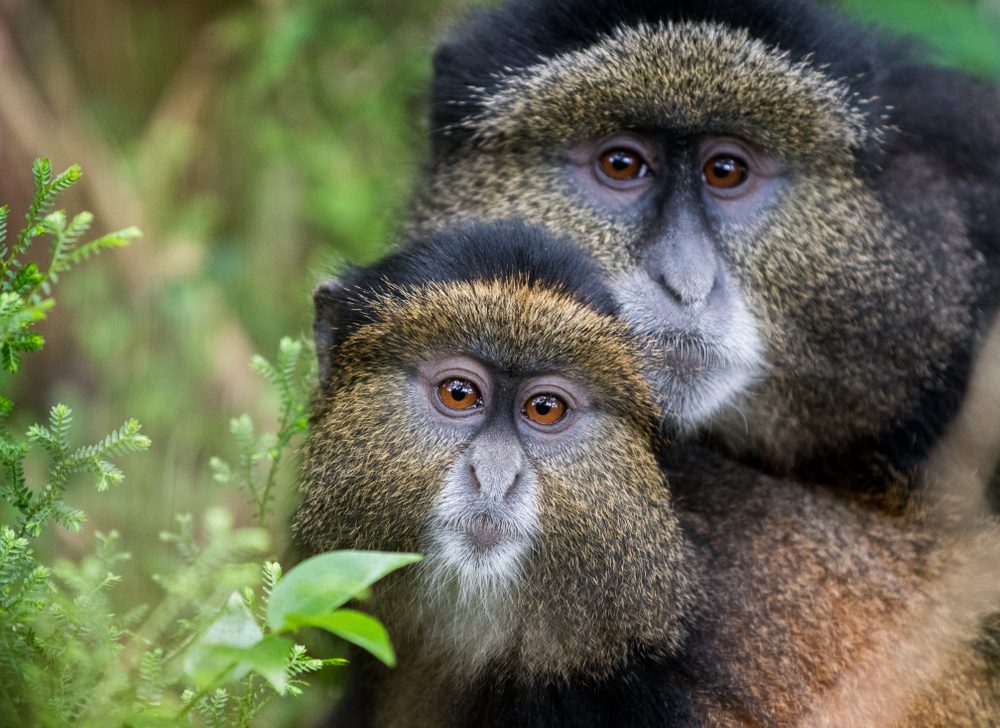
Gishwati National Park stands as a testament to Rwanda’s commitment to conservation and sustainable ecotourism. Through reforestation efforts and protection measures, the park has been given a new lease on life, providing a haven for endangered species and a captivating destination for travelers seeking a unique and enriching natural experience; As visitors tread the trails of Gishwati, they not only witness the beauty of Rwanda’s wildlife but also actively participate in the ongoing efforts to protect and preserve this precious ecosystem for future generations.

